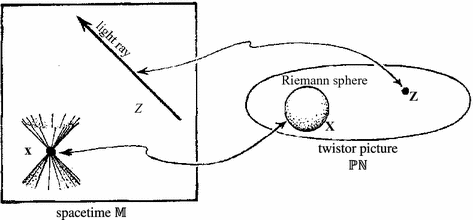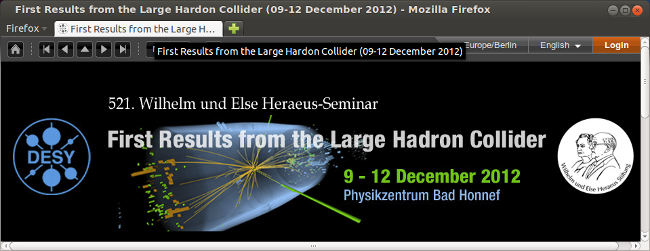Back from vacation today, so regular blogging likely to resume. Will start with something quick, a link to material that was posted today.
The Edge web-site annual question feature is out today, with this year’s question What *Should* We Be Worried About?. I wrote something about the “Nightmare Scenario” that HEP is facing if the LHC finds a Standard Model Higgs and nothing else.
Others addressed the same issue, with Lisa Randall writing:
In my specific field of particle physics, everyone is worried. I don’t say that lightly. I’ve been to two conferences within the last week where the future was a major topic of discussion and I’m at another one where it’s on the agenda.
Her specific concern is motivated by her interest in large extra-dimensional theories, for which no evidence has shown up so far at the LHC. If the extra jump by a factor of 6.5/4 in energy that will arrive in 2015 after repairs still shows nothing, this may be the end of the line for such theories for a very long time. The prospects for a higher energy machine are problematic in terms of technology, as well as the political will to pay for them. The overselling of this that went on for many years pre-LHC won’t make it any easier to re-use these theories as an argument for building a new machine.
Amanda Gefter sees no reason to worry. Particle theorists will just move to making progress without experiment, through studying paradoxes of the current theory, with her final example for optimism the recent debate over the “firewall paradox”.
Carlo Rovelli’s contribution explains one problem with this: humans are very good at convincing themselves they have found some wonderful explanation of something (e.g. some resolution of a paradox, like the supposed SUSY solution to the hierarchy problem), when reality actually involves something quite a bit more subtle and unexpected:
A number of my colleagues in theoretical physics have spent their life studying a possible symmetry of nature called “supersymmetry”. Experiments in laboratories like Geneva’s CERN seem now to be pointing more towards the absence than the presence of this symmetry. I have seen lost stares in the eyes of some colleagues: “Could it be?”, how dare Nature not confirm to our imagination?
By the way, when I was in Paris last week I picked up a copy of Rovelli’s wonderful short book that has just come out in France Et si le temps n’existait pas?. It begins with a personal history of how he got into science, from a background in the 1970s disillusion following the flowering of radical ideas in the 1960, a story I found quite interesting, since I’m of the same generation as him. There’s also the story of how some of the ideas of loop quantum gravity developed, and some speculative material about time. Definitely worth looking for if you read French and are interested in these topics.



